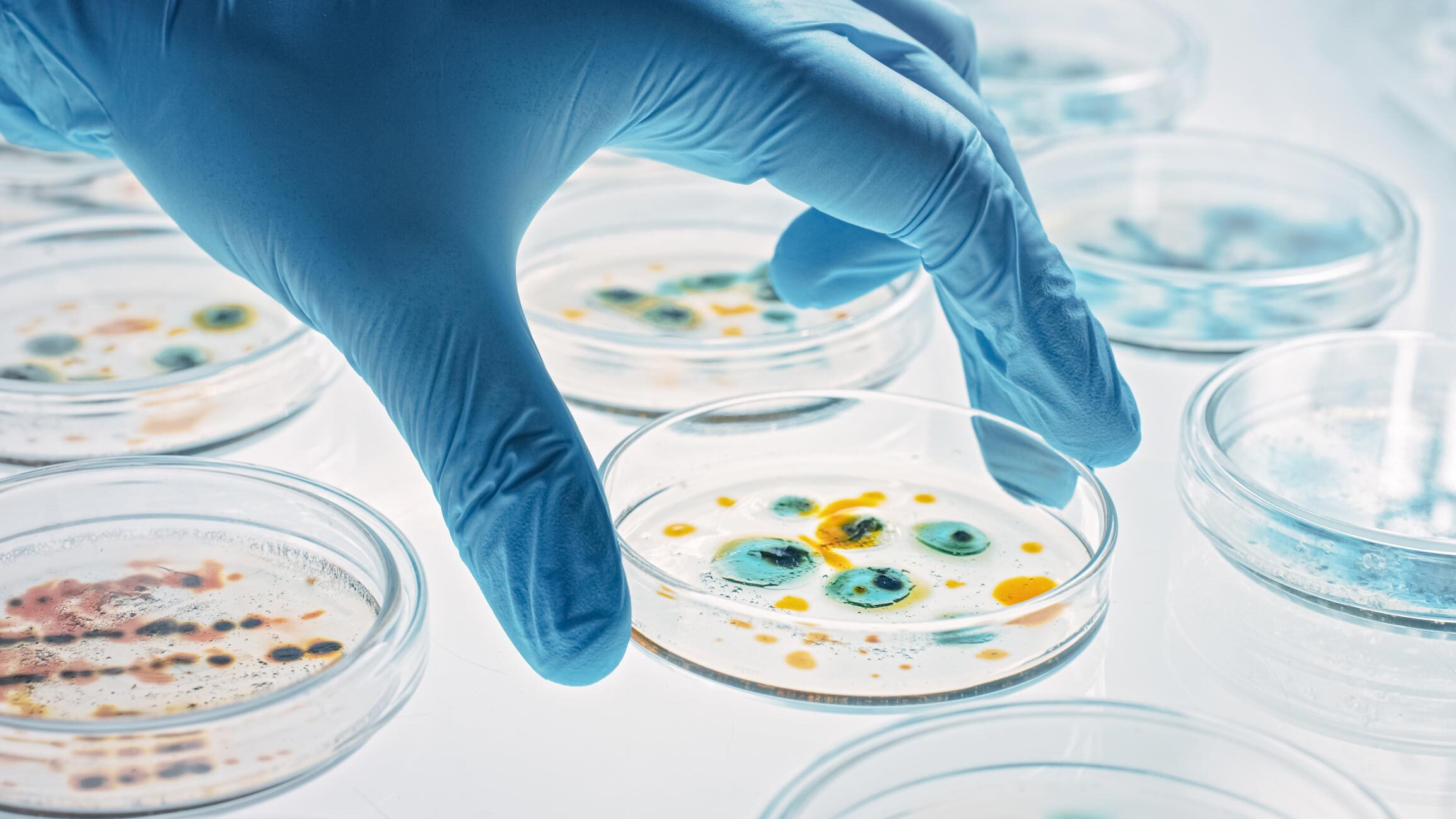
Osteoclasts mineral dissolution function
DESCRIPTION
During long bone development and post-natal growth, the cartilaginous model of the skeleton is progressively replaced by bone, a process known as endochondral ossification.
In the primary spongiosa, osteoclasts degrade the mineralized cartilage produced by hypertrophic chondrocytes to generate cartilage trabeculae that osteoblasts embed in bone matrix.
This leads to the formation of the trabecular bone network of the secondary spongiosa that will undergo continuous remodeling.
Osteoclasts are specialized in mineralized tissue degradation, with the combined ability to solubilize hydroxyapatite and to degrade extracellular matrix proteins.
We reported previously that osteoclasts lacking Dock5 could not degrade bone due to abnormal podosome organization and absence of sealing zone formation.
Consequently, adult Dock5−/− mice have increased trabecular bone mass.
We used Dock5−/− mice to further investigate the different functions of osteoclast during endochondral bone formation.
Then we show that long bones are overall morphologically normal in developing and growing Dock5−/− mice.
Lastly we demonstrate that Dock5−/− mice also have normal hypertrophic cartilage and cartilage trabecular network.
Conversely, trabecular bone volume increased progressively in the secondary spongiosa of Dock5−/− growing mice as compared to Dock5+/+ animals, even though their osteoclast numbers were the same.
In vitro, we show that Dock5−/− osteoclasts do present acidic compartments at the ventral plasma membrane and produce normal amounts of active MMP9, TRAP and CtsK for matrix protein degradation but they are unable to solubilize minerals.
These observations reveal that contrarily to bone resorption, the ability of osteoclasts to dissolve minerals is dispensable for the degradation of mineralized hypertrophic cartilage during endochondral bone formation.